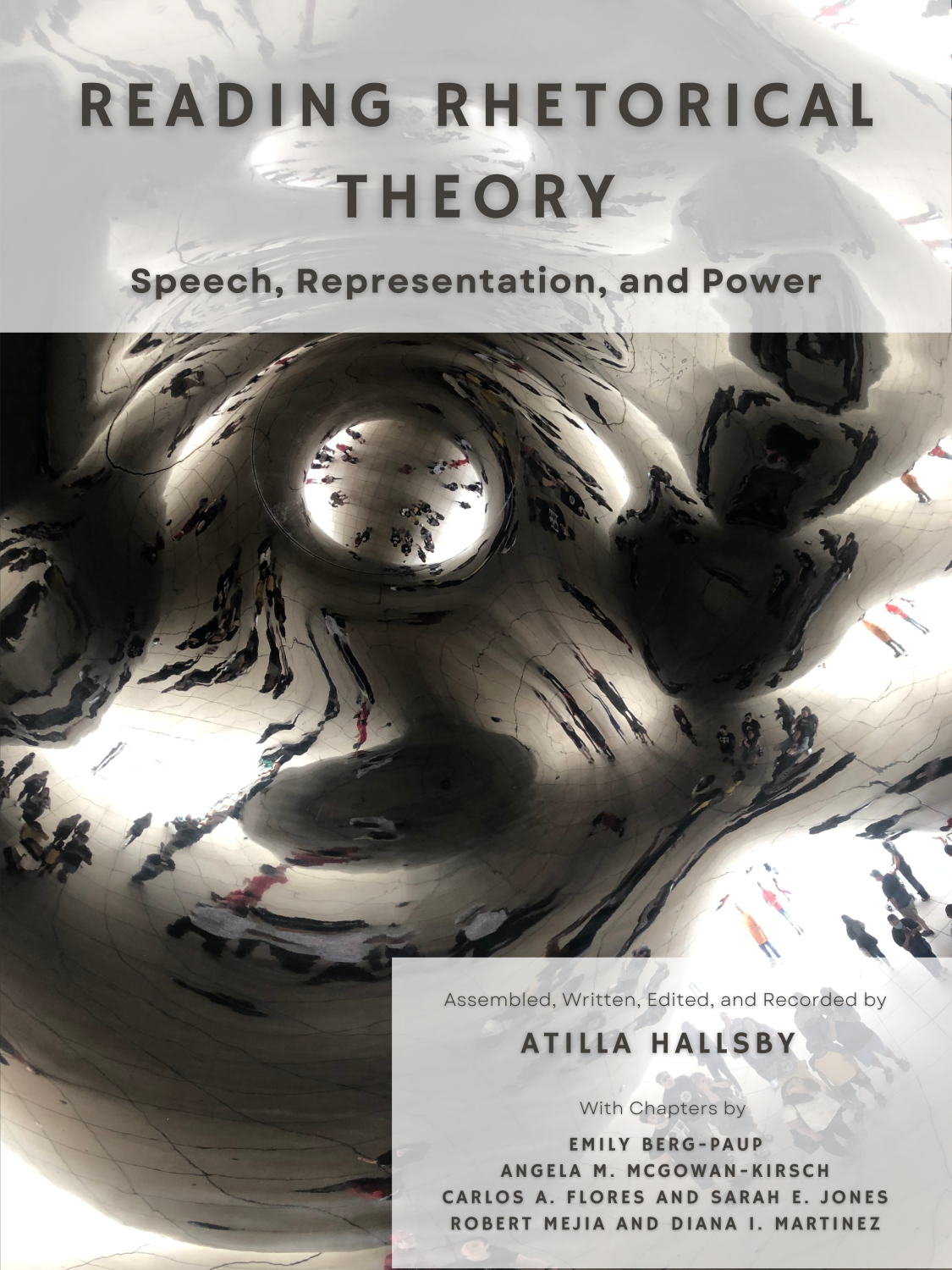Book Title: Reading Rhetorical Theory
Subtitle: Speech, Representation, and Power
Edited by Atilla Hallsby

Download this book
Book Description: This textbook offers a undergraduate-appropriate survey of rhetorical theory centered on techniques of speaking, cultural modes of representation, and entrenched hierarchies of power. It covers rhetoric's problematic "origins" in ancient Greece, rhetoric as a feature of 20th-century sign- and symbol-systems, rhetoric's role in crafting shared ideologies and belief systems, narrative-, argument-, and visual-based approaches to rhetoric, and a variety of different "situations" (rhetorical, settler colonial, secrecy/surveillance, and digital) where rhetoric continues to be found and felt in contemporary U.S. culture. This book also includes audio or video recordings for each chapter, and recommended written assignments. Developed in the wake of the 2020 global pandemic, this resource is designed for a range of modalities (online synchronous, online asynchronous, in-person, and hybrid). Additional materials (PowerPoint slides, quiz/exam questions) are also available to confirmed instructors upon request.
Contents
Book Information
Book Description
This is a textbook that was originally designed for a 3000-level large lecture course on “Rhetorical Theory” at the University of Minnesota, Twin-Cities. An interdisciplinary tradition, rhetorical theory describes how speech, representation, and power are managed by techniques and technologies of communication. The plan of this book moves from rhetoric as an art of speech to rhetoric as a technology of power. The early chapters provide definitions and context for rhetoric as speech, middle chapters (e.g., on signs, symbols, visual images, argumentation, and narrative) describe rhetoric as representation, and the concluding chapters (e.g., on settler colonialism, secrecy, and digital rhetoric) elaborate on rhetoric as a technology of power. Of course, there is considerable overlap across these areas: the chapter on “rhetoric and ideology” sets the stage for later understandings of rhetoric as power; the chapter on “the rhetorical situation” hearkens back to the introductory understanding of rhetoric as speech. The book includes (audio and/or video) recordings with each chapter, as well as guidelines for proposed written assignments. Students using this resource should gain a thorough understanding of what rhetoric is, how it was practiced historically and today, and the ways that rhetoric wields an invisible influence over contemporary public and political life. Additionally, this book is designed for use across a variety of modalities, including in-person, online (synchronous/asynchronous), and hybridized formats. Additional resources (PowerPoint slides, quiz/exam questions) are also available to confirmed instructors upon request.
License
Reading Rhetorical Theory Copyright © 2022 by Atilla Hallsby is licensed under a Creative Commons Attribution-NonCommercial 4.0 International License, except where otherwise noted.
Subject
Communication studies

